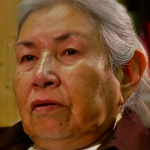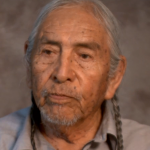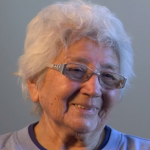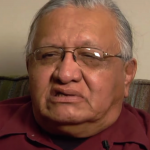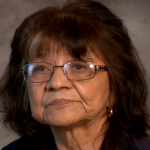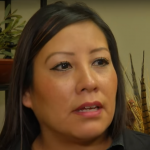Learning Question Pages for classroom use:
Click on each title below to find interviews accompanied by “Learn About” and “Learn From” questions for use in classrooms, in small groups or for deeper personal exploration of each video. Not all videos are accompanied by questions.
 Wakatakiya Ahhintuwan Olowan: Song & Translation by Earl Bullhead
Wakatakiya Ahhintuwan Olowan: Song & Translation by Earl Bullhead
 Lakota Language Study in South Dakota with Lowell Amiotte
Lakota Language Study in South Dakota with Lowell Amiotte
 The Army Language Censor with Sidney Byrd
The Army Language Censor with Sidney Byrd
Birth Story with Sidney Byrd
Life and Giving Thanks with Sidney Byrd
 David Bald Eagle and the Loss of Identity, Values & Language
David Bald Eagle and the Loss of Identity, Values & Language
 Kinship Terms with Stephanie Charging Eagle
Kinship Terms with Stephanie Charging Eagle
Lakota Economics with Stephanie Charging Eagle
Second Language Learners with Stephanie Charging Eagle
 Language & Identity with Jace DeCory
Language & Identity with Jace DeCory
Relatives Teaching with Jace DeCory
 Our Four Values with Victor Douville NEW!
Our Four Values with Victor Douville NEW!
 Without Grandma & Grandpa with April Fallis
Without Grandma & Grandpa with April Fallis
Respect, Dancing & Pow Wows with April Fallis
 Lakota New Year with Ricky Gray Grass NEW!
Lakota New Year with Ricky Gray Grass NEW!
 Language & Culture Loss with Gladys Hawk
Language & Culture Loss with Gladys Hawk
 Dakota Language Revitalization with Drs. Johnson & Eastman
Dakota Language Revitalization with Drs. Johnson & Eastman
 Learning Crafts from Grandmother with Pearl Kennedy-Colombe
Learning Crafts from Grandmother with Pearl Kennedy-Colombe
Lakota, Dakota, Nakota Crafts with Pearl Kennedy-Colombe
 The Gifts of Language & Heritage with Kevin Locke
The Gifts of Language & Heritage with Kevin Locke
Folk Arts with Kevin Locke
 Lakota Every Day with Joseph Marshall III
Lakota Every Day with Joseph Marshall III
 The Musicality of the Lakota Language Donald Montileaux
The Musicality of the Lakota Language Donald Montileaux
 A Place of Healing Within with Whitney Rencountre
A Place of Healing Within with Whitney Rencountre
 A Language Nest with Faith Spotted Eagle
A Language Nest with Faith Spotted Eagle
 The Loss of Language with Eli Tail Sr. NEW!
The Loss of Language with Eli Tail Sr. NEW!
 Parents, Grandparents & Education with Delores Taken Alive
Parents, Grandparents & Education with Delores Taken Alive
Teaching Today’s Students with Delores Taken Alive
Story of Audrey (in Lakota and English) with Delores Taken Alive
Teaching Lakota Language with Delores Taken Alive
 Living the Lakota Prophecy with Jesse Taken Alive
Living the Lakota Prophecy with Jesse Taken Alive
Lakota Language with Jesse Taken Alive
“Wolakota” with Jesse Taken Alive
 Language Loss with Lydia Whirlwind Soldier NEW!
Language Loss with Lydia Whirlwind Soldier NEW!
 Recording Elders to Save the Language with Janelle Williams
Recording Elders to Save the Language with Janelle Williams
Oceti Sakowin Essential Understanding 3 Extended Description
Oceti Sakowin origin, thought and philosophy continues to be vibrant, strong and taught to the younger generation today. It is an abstract perspective of living in harmony with creation. Oceti Sakowin philosophy is embedded in the Oceti Sakowin language, in the origin stories, in the values and ethics, in the kinship system and social relationships, in the relationship with the environment and with all living things. It is a way of teaching the values of respect, honor, responsibility, positive family and personal relationships, humility, reciprocity, sharing and much more. This is a way of thinking about creation, the universe and the people.
The relationships among the people, the Creator, Mother Earth, and all of nature was, (and still is) significant in the lives of Native peoples. The Oceti Sakowin Oyate believe that all things are part of the great whole. As such, plants and animals become our relatives. Respect for plants and animals was, (and still is) shown by thanking the spirits of these elements for the gifts of themselves, which provide for the physical needs of the Oyate. The Oceti Sakowin Oyate hunted and gathered plants and animals for food and clothing, only when necessary. Nothing was wasted, as this would be disrespectful of the gifts given to sustain life. (Eastman, 1976; Standing Bear, 1975) (D.LeBeau 2012) “Only take from the land what it is willing to give.” Never take more and always give back in some way. Most indigenous people know and understand this concept.
Traditionally, Oceti Sakowin people express their traditions and reinforce this tightly woven relationship with the world through teachings, examples, ceremonies and prayers. It is integrated into ideas, experiences, wisdom, traditions, language and customs. This existential relationship with the environment has evolved through direct experience and contact through centuries of interaction with ecosystems and the environment at large.
In Oceti Sakowin cosmology, “everything in the natural world has relationships with every other thing and the total set of relationships makes up the natural world as we experience it” (Deloria, 1992). For that reason, the prayer–Mitakuye Oyasin—meaning “All my relatives.” We are all related and not only are we related, we are closely linked in a symbiotic relationship. This familial circle of life ties the Oceti Sakowin to all life forms– everything above, everything below, everything between. (V. Douville, 2010) (D.LeBeau 2012) To teach and understand that creatures, man, animals, birds, insects, reptiles, plants, water, and air are integral to the survival of the people and earth as we know it is the heart of the culture. Mitakuye Oyasin reflects the physical, mental, spiritual, emotional and intuitive relationship that the Oceti Sakowin has with all aspects and elements of the environment.
There is a clear distinction between spirituality and structured religion. Spirituality is an experience that is lived on a daily basis. There is no word for religion in the Lakota, Dakota, or Nakota language. It is “doing it in a good way, with dignity, integrity and honor, and with honesty.” (Ida Hildebrand)
In understanding Oceti Sakowin perspective we must teach all children to better understand, respect and honor the environment, natural resources and to work in collaboration, cooperation and to develop a partnership to preserve that which will sustain the coming generations. Acknowledgement and acceptance that there is wisdom in the traditional knowledge and teachings of indigenous people will teach children stronger and more comprehensive environment practices that could very well ensure their future. This is an opportunity to recognize similarities while honoring and respecting the differences in cultures, traditions and beliefs. (L. Whirlwind Soldier 2012)
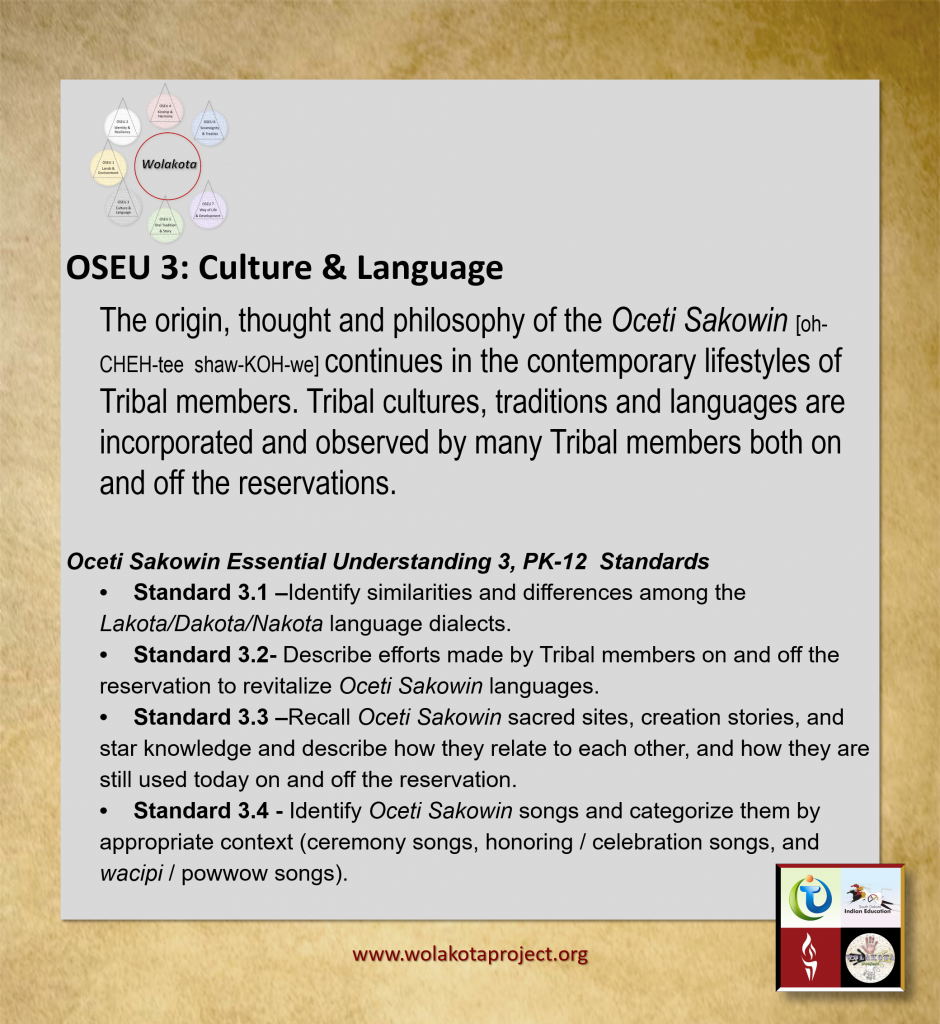
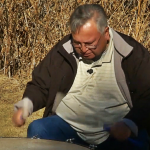
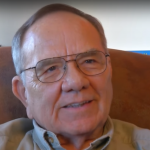 Lakota Language Study in South Dakota with Lowell Amiotte
Lakota Language Study in South Dakota with Lowell Amiotte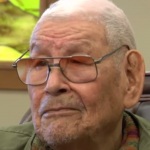
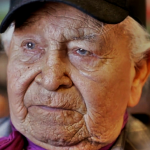
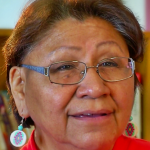
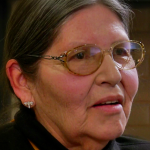
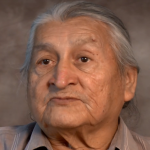
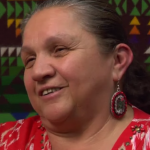
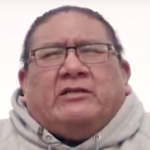
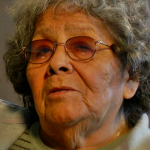
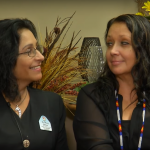
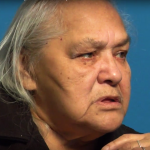
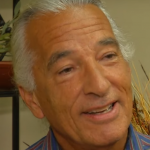
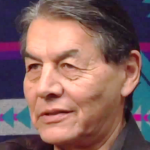
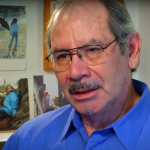
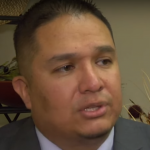 A Place of Healing Within with Whitney Rencountre
A Place of Healing Within with Whitney Rencountre